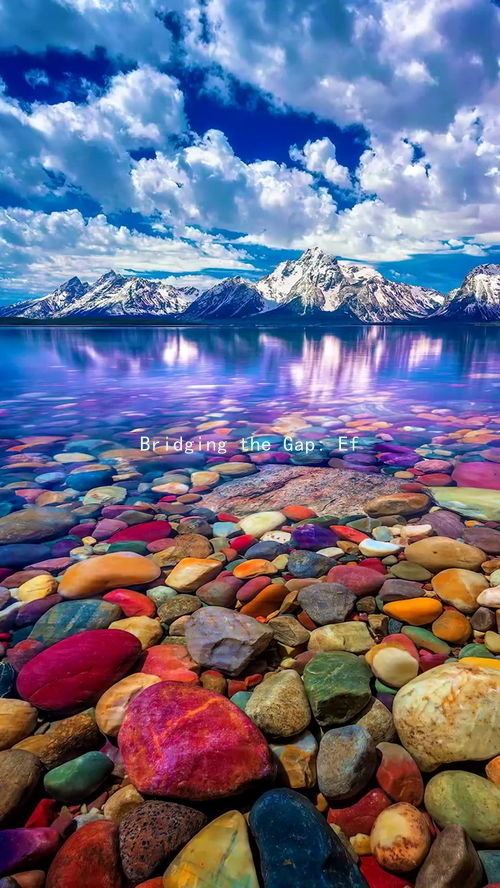The Art of Seduction: Learning from the History of Love and Intimacy
The Art of Seduction: Learning from the History of Love and Intimacy
Throughout the annals of history, the dance of love and intimacy has captivated humanity. The art of seduction is not just about physical attraction; it is an intricate interplay of emotions, psychology, and communication. By examining the historical perspectives and philosophies surrounding love and intimacy, we can draw lessons that resonate with our contemporary approaches to relationships.
In ancient cultures, love was often viewed as a divine force. The Greeks, for instance, defined various kinds of love: Eros (passionate love), Philia (brotherly love), and Agape (selfless love). Understanding these distinctions can enhance our approach to seduction. Eros inspires passion, while Philia fosters friendship—both essential for a lasting connection. In modern courtship, blending these elements can create a deeper bond that goes beyond initial attraction.
The Renaissance marked a significant shift in expressions of love. With the flourishing of art and literature, figures like Petrarch romanticized love through poetry, emphasizing emotional connection over mere physicality. This reminds us that true seduction often lies in emotional engagement—sharing thoughts, fears, dreams, and joys. A heartfelt conversation can ignite passion, making partners feel seen and valued.
As we moved into the 18th and 19th centuries, romantic love became idealized in literature, fueled by stories of passionate encounters and tragic romances. The era encouraged courtship rituals that focused on charm and social etiquette. Key elements of successful seduction during this time included wit, eloquence, and the subtle art of flattery. In today’s context, employing humor, genuine compliments, and thoughtful gestures can rekindle that romantic charm, making the act of seduction an enjoyable and memorable experience.

The 20th century brought about changes in societal norms regarding love and relationships. The feminist movement challenged traditional gender roles, empowering individuals to express their desires unequivocally. The notion of mutual consent and respect gained importance. Therefore, contemporary seduction techniques must reflect this shift, emphasizing open communication and shared agency in romantic pursuits.
In today’s world, technology has transformed the landscape of dating and relationships. Online platforms and social media have provided new avenues for connection but also present challenges. The art of conversation is more crucial than ever, as genuine engagement can cut through the noise of digital interactions. Mastering the art of texting—knowing when to be playful or serious, empathetic or bold—can make a significant difference in building attraction remotely.
Ultimately, the art of seduction is about authenticity. Historical perspectives teach us that while techniques and social norms may evolve, the fundamental human desires for connection, understanding, and respect remain constant. Whether through poetry, witty banter, or heartfelt conversations, the essence of seduction lies in genuine engagement.
Learning from the past, we can appreciate the multifaceted nature of love and intimacy. By blending emotional connection with lightheartedness and authenticity, we can navigate the complexities of modern relationships. In each interaction, we possess the opportunity to master the art of seduction—not merely as a tactic, but as a celebration of human connection.





